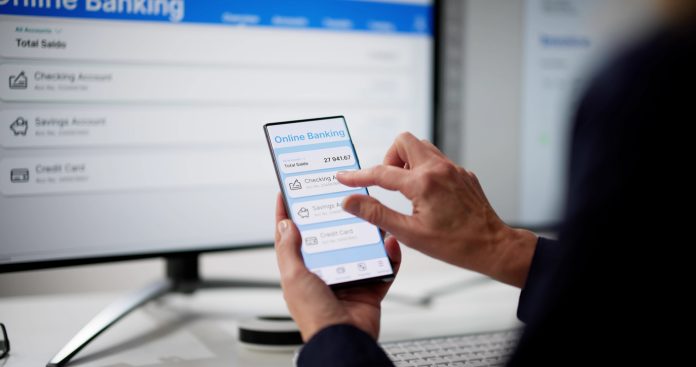Banking apps have become essential tools for managing finances. These apps provide convenient access to bank accounts, allowing people to check balances, transfer funds, and pay bills with just a few taps on their smartphones. But have you ever wondered how these apps actually get access to your account data? Let’s explore the methods that banking apps use to securely retrieve and display your financial information.
Direct Integration with Banks
Many banking apps use direct integration with financial institutions to access account data. This integration allows the app to securely connect to your bank’s servers and retrieve information such as account balances, transaction history, and account details. The app uses secure protocols such as OAuth to authenticate and authorize the connection, ensuring that your data remains private and secure. Direct integration also enables real-time updates, ensuring that you have access to the most up-to-date information about your finances.
API Access
Another common method used by banking apps is to access account data through APIs (application programming interfaces). For example, a RESTful API allows apps to communicate with banks’ systems and retrieve information in a structured and secure manner. Banks provide APIs that allow apps to access various types of data, such as account balances, transaction history, and account details. By using restful APIs, banking apps can securely retrieve the information they need without compromising the security of your account. API access also allows banking apps to provide additional features, such as budgeting tools and financial insights, based on your account data.
Screen Scraping
Screen scraping is a technique used by some banking apps to retrieve account data by simulating the actions of a user interacting with a bank’s website. This method involves the app accessing the bank’s website, logging in using your credentials, and then extracting the relevant information from the website’s interface. While screen scraping can be effective, it is generally less secure than direct integration or API access, as it relies on the app accurately simulating the user’s actions and parsing the website’s HTML structure. Screen scraping is also more prone to errors and may not provide real-time updates.
Data Aggregators
Some banking apps use third-party data aggregators to retrieve account data from multiple financial institutions. These aggregators collect data from various sources, including banks, credit card companies, and investment firms, and then provide the aggregated data to apps through APIs. While data aggregators can simplify the process of accessing account data from multiple sources, they also introduce additional security and privacy considerations, as the data is being shared with a third party. It’s important to use data aggregators that adhere to strict security standards and privacy policies to protect your financial information.
Security and Privacy Considerations
When using banking apps, it’s important to be aware of the security and privacy considerations involved. Make sure to use strong, unique passwords for your banking accounts and enable two-factor authentication if available. Additionally, only use banking apps from reputable developers and ensure that they use secure methods to access your account data, such as direct integration or API access. By taking these precautions, you can help protect your financial information while enjoying the convenience of banking apps.


































